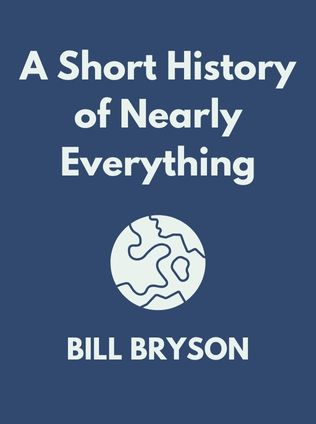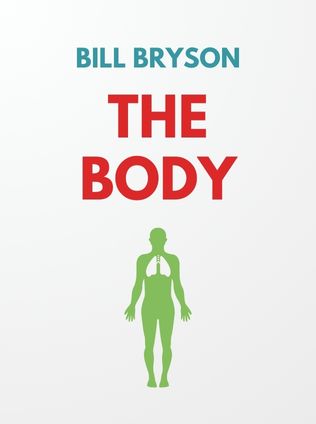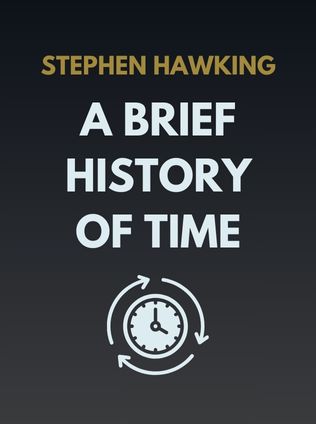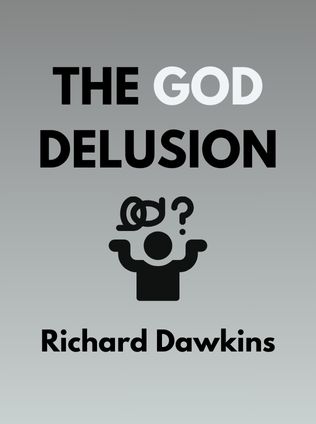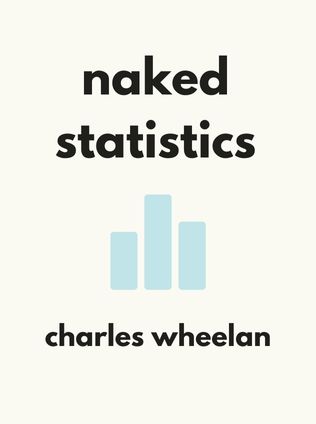
Naked Statistics
Stripping the Dread from the Data
By Charles Wheelan
Published 12/2012
About the Author
Charles Wheelan, an acclaimed author and educator, has made a significant impact in the fields of economics and public policy. A senior lecturer at Dartmouth College and a former correspondent for The Economist, Wheelan is recognized for his ability to explain complex topics in an accessible and engaging manner. His work often bridges the gap between academic theory and practical application, making subjects like statistics not only comprehensible but also interesting to the general public. Wheelan’s previous books, including Naked Economics and 10½ Things No Commencement Speaker Has Ever Said, have been praised for their clarity, wit, and relevance, characteristics that are also at the heart of Naked Statistics.
Wheelan's background as both an academic and a journalist gives him a unique perspective on the importance of data literacy. He understands that in today's world, where data drives decision-making in almost every sphere, being able to critically assess and interpret statistics is more important than ever. Through Naked Statistics, Wheelan aims to strip away the fear and confusion often associated with the subject, revealing its essential role in our daily lives.
Main Idea
At its core, Naked Statistics is about demystifying a subject that many people find intimidating or irrelevant. Wheelan argues that statistics is not just a collection of formulas and calculations; it is a powerful tool that helps us make sense of the world. By organizing and interpreting data, statistics enables us to uncover patterns, make informed decisions, and avoid being misled by biased or inaccurate information. Wheelan’s main goal in this book is to make statistics accessible to everyone, regardless of their mathematical background. He does this by breaking down complex concepts into simple, relatable examples, often using humor to keep the reader engaged.
Wheelan also emphasizes the importance of statistical literacy in today’s data-driven society. Whether we are aware of it or not, statistics influence many aspects of our lives, from the products we buy to the policies that govern us. By understanding the basics of statistics, we can become more informed consumers, voters, and citizens. We can also protect ourselves from being deceived by those who misuse or manipulate data for their own purposes.
Table of Contents
- Introduction: Why Statistics?
- Descriptive Statistics: Who Was Average?
- Correlation: The Measure of a Relationship
- Regression Analysis: Understanding Relationships Between Variables
- Probability: Managing Uncertainty
- Inferences: Drawing Conclusions from Data
- Polls, Bias, and Experiments: Avoiding Pitfalls
- Big Data: The New Frontier
- Conclusion: The Importance of Statistical Literacy
Introduction: Why Statistics?
Statistics is often perceived as a dry, technical subject reserved for mathematicians and scientists. Wheelan challenges this notion right from the start by arguing that statistics is not just about numbers; it is about understanding the world. He acknowledges that even he struggled to see the relevance of statistics when he first encountered it as a student. However, he soon realized that statistics is a tool that can help us make sense of complex data, answer important questions, and make better decisions.
Wheelan begins the book by highlighting the ubiquity of data in our lives. Every day, we are bombarded with numbers—whether it's in the news, on social media, or in advertising. Without a basic understanding of statistics, we are at risk of being overwhelmed by this data or, worse, being misled by those who manipulate it. Wheelan argues that by learning the fundamentals of statistics, we can cut through the noise and gain a clearer understanding of the world around us.
Statistics, Wheelan explains, is about finding patterns in data and making sense of the seemingly random events that occur in our lives. It helps us to summarize large amounts of information in a way that is easy to understand and use. For example, imagine you are considering buying a new car and want to know about its fuel efficiency. The car manufacturer provides you with a detailed spreadsheet containing thousands of data points on the car's performance. Without statistical tools, this data would be overwhelming and useless. However, by calculating the average miles per gallon, you can quickly get a sense of the car's fuel efficiency and make an informed decision.
Wheelan's introduction sets the stage for the rest of the book by emphasizing the relevance of statistics in our everyday lives. He promises to guide the reader through the key concepts of statistics, stripping away the technical jargon and focusing on what really matters: understanding the world through data.
Descriptive Statistics: Who Was Average?
Descriptive statistics are the first tools we use to summarize and describe the characteristics of a dataset. Wheelan introduces us to measures of central tendency—specifically, the mean and the median—as the cornerstones of this type of analysis. These statistics provide insight into what is "typical" in a dataset, but as Wheelan illustrates, they can be used to tell very different stories.
Consider the example Wheelan gives about jellyfish stings at a beach over the summer. The mean number of stings is 42, while the median number of stings is zero. Both statistics are accurate, but they convey very different messages depending on which one is highlighted. The beach authorities might promote the median to assure tourists that most weeks are sting-free, while the mean might suggest a much higher risk.
This discussion highlights the power and potential pitfalls of descriptive statistics. While they are essential for summarizing data, they can also be manipulated to serve particular narratives. As Wheelan cautions, understanding when to use one measure over another is crucial for interpreting data correctly and avoiding misleading conclusions.
Wheelan also delves into the importance of variability in descriptive statistics. Measures like the range, variance, and standard deviation provide insight into how spread out the data is. For instance, two datasets might have the same mean, but if one has a higher standard deviation, the data points are more spread out, indicating greater variability. This variability can significantly impact how we interpret the data. For example, in assessing the risk of investment, knowing the average return is not enough; understanding the volatility or variability of those returns is equally important.
Wheelan's discussion of descriptive statistics is a reminder that these tools, while powerful, must be used carefully. They provide a summary of the data, but they can also obscure important details if not used properly. This is why understanding the underlying data and the context in which it is presented is so important.
Sign up for FREE and get access to 1,400+ books summaries.
You May Also Like
Rich Dad Poor Dad
What the Rich Teach Their Kids About Money - That the Poor and Middle Class Do Not!
By Robert T. KiyosakiFreakonomics
A Rogue Economist Explores the Hidden Side of Everything
By Steven D. Levitt and Stephen J. DubnerI Am Malala
The Story of the Girl Who Stood Up for Education and Was Shot by the Taliban
By Malala YousafzaiFactfulness
Ten Reasons We're Wrong About the World – and Why Things Are Better Than You Think
By Hans Rosling







